Potato variety Romano - taste rating 5 points
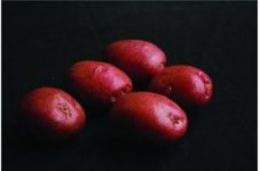
Many amateur gardeners grow potatoes on their plots. Often this activity turns out to be very rewarding. Potatoes grown by yourself have excellent taste, are stored well and produce good yields. Main, choosing a potato variety for planting, take into account its regionalization, i.e. adaptability to certain climatic characteristics of your area.
Content:
- Main characteristics of Romano potatoes
- Consumer properties of Romano potatoes
- Productivity, commercial characteristics and storage of the Romano variety
- How to increase the yield of Romano potatoes
- Resistance of the Romano variety to diseases and pests
Very popular Dutch potato varieties. And there are reasons for this: we are not only talking about high-quality table varieties, many of them are successfully sold as semi-finished and finished products. One of these can be called the Romano potato variety, which is distinguished by its high yield and beautiful, regular appearance. Romano was first included in the State Register of Breeding Achievements in the Russian Federation in 1994 (grants the right to propagate and sell seeds in the regions of the country).
Main characteristics of Romano potatoes
The variety belongs to mid-early dining room Average germination is 80 - 90 days. Has tubers:
- very attractive appearance;
- smooth;
- light pink, with shallow eyes.
It should also be added to the morphological characteristics of the Romano variety that its stems are erect, medium to high in height. The corolla of flowers is red-violet, medium in size.
The large, short-oval tubers of Romano potatoes have a pleasant, creamy-white flesh color. They contain up to 19% dry matter and from 14 to 17% starch.
The potato yield is 700-800 grams per bush; the potatoes are large, their number is usually 8-9 pieces. The great uniformity of the potatoes attracts attention, but there is no need to talk about taste - 5 points on a five-point scale!
Consumer properties of Romano potatoes
As you know, the higher the proportion of starch in potatoes, the tastier it will be. And since the Romano variety contains more starch than normal, it has excellent taste characteristics. It is easy to make a tender puree from it - the potatoes boil well and leave no lumps in the puree.
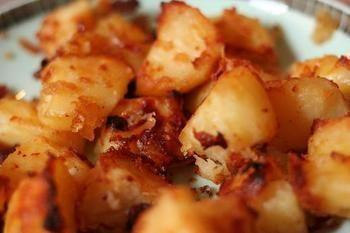
But you shouldn’t stop only at this dish - the Romano variety is well suited for baking in the oven and preparing other dishes. The only difficulty that may arise is when peeling potatoes - this variety has a fairly thick and dense skin. Therefore, for greater convenience, you should use a well-sharpened knife.
Productivity, commercial characteristics and storage of the Romano variety
The technological yield of Romano can reach 600 centners per hectare. The marketability of tubers is very high, ranging from 92-98%. The average weight of a marketable tuber is 70-80 grams.
This variety is popular in the production of French fries and chips. Small tubers are a very rare exception.In addition, its dense, strong shell makes it easy to transport potatoes without damage. This quality is also valued during harvesting.
The Romano potato variety produces stable results regardless of the climatic conditions in which it is grown. Potatoes have good keeping quality and are not prone to sprouting, but it should be noted that their initial development is somewhat slow. In general, the tops develop quickly; any soil is suitable for planting.
How to increase the yield of Romano potatoes
To obtain high yields When planting Romano potatoes, it is first of all important to use high-quality varietal material. Further:
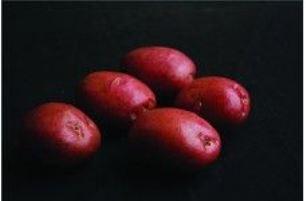
- the ideal soil temperature at the time of planting should be at least 15-20 degrees, which will facilitate the rapid appearance of friendly shoots;
- If you want to cut large tubers, then you need to do this the day before planting. The knife should be periodically dipped in a strong solution of potassium permanganate. The longer cut tubers are stored until the day of planting, the higher the risk of rotting and infection;
- Along with medium-sized tubers, it is worth planting small ones. This is also a valuable planting material; the yield will definitely increase. The main thing is that the small tubers come from healthy bushes (not infected with viral, fungal and bacterial diseases);
- For the next planting material, select the most developed bushes during potato flowering. For convenience, they can be marked with bright tape;
- It is better to mow the tops a week before digging up the crop, to further strengthen the peel.
Resistance of the Romano variety to diseases and pests
Regarding the resistance of the Romano potato variety to diseases:
- good resistance to late blight on tubers and relative resistance to leaves
- moderately resistant to scab and viral diseases, rhizoctonia
- relatively resistant to mosaic viruses and cancer
Experts also note the resistance of Romano potatoes to types of viruses A and Yn. Such high immune characteristics of the variety contribute to maintaining the high quality of Romano during storage. The only disease against which the plant has no immunity is potato nematode.
The most suitable areas for cultivating this variety in our country are: the Central and Central Black Earth regions, as well as the Southern, Volga-Vyatka and Far Eastern regions. Romano potatoes can also be grown in dry areas.

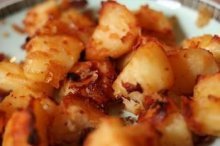
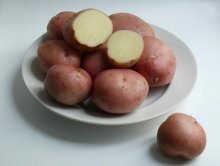
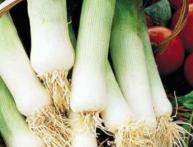
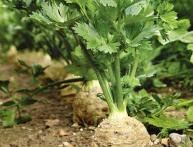
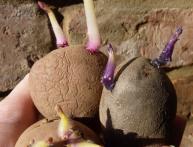
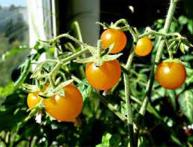
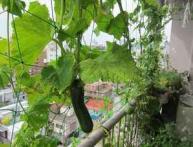
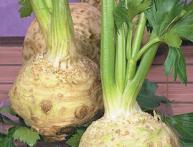
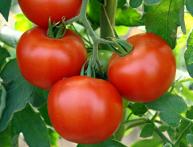
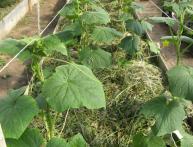
Comments
That year I planted these potatoes for testing, a little, two buckets - I got four, and there were practically no small tubers. The potatoes themselves are of excellent quality, I would say perfect. This year I will only plant it!
This is the main variety at my house, we’ve been planting it for probably 10 years now, we’ve naturally tried other varieties, but I prefer Romano. Of all the varieties, this one lasts better until spring, sprouts less and wrinkles less.